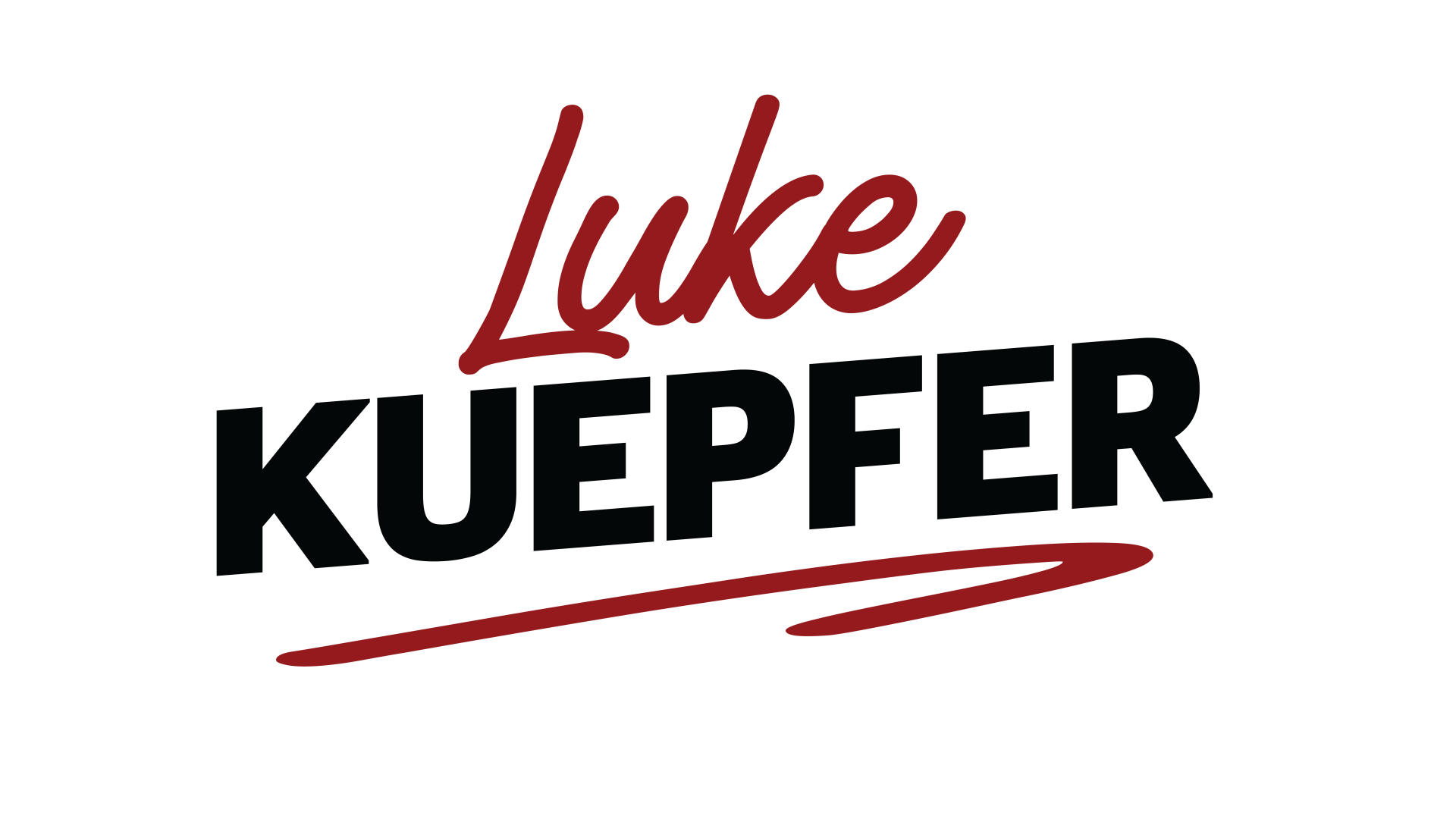Action Research Change Model
Prognosis before diagnosis is malpractice. Hence, the action research model heavily emphasizes research and data gathering prior to planning actions for change and implementation. After changes have been enacted, careful evaluation of the results occurs. In other words, actions are judged and carefully weighed throughout the process.
The first step is to identify and define the real issue, for a problem well defined can be a problem half solved. Typically it's assumed that the problem is both clear and obvious to everyone. However, people often disagree on the real issue or nature of the problem. Without unity in our definition, solutions will remain elusive.
The second step is to bring in an expert or outside consultant who can objectively gather data and make a preliminary diagnosis. This person gives feedback based on observation and data collected. After the initial research has been completed a joint diagnosis may occur as well.
Finally, after collecting more data, a solution is applied to the problem, effectiveness is measured, and then a determination is made as to whether or not the process should be repeated.
In a non-profit organization I directed we would sometimes use this approach. At our team meetings, we would discuss key issues, gather information, and then make a decision and assign an action. At our next meeting, we would review the outcome and decide whether or not more diagnosis or action was needed.















